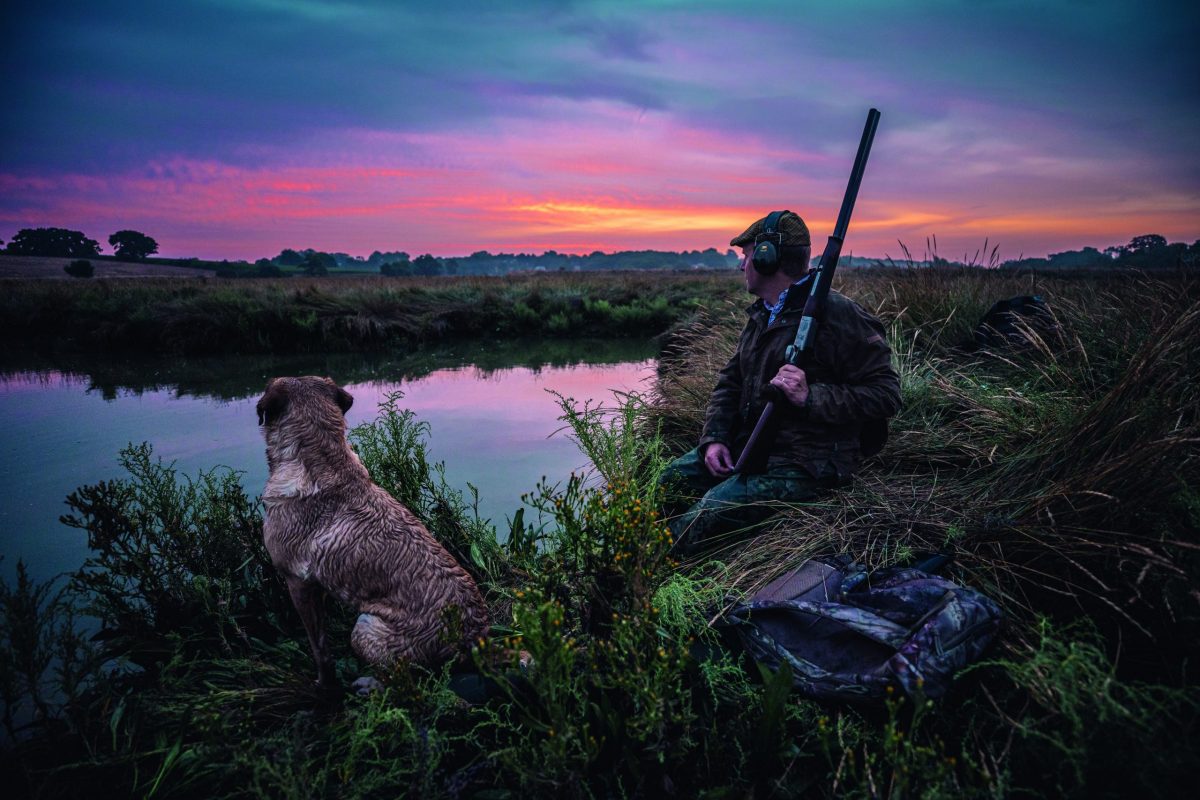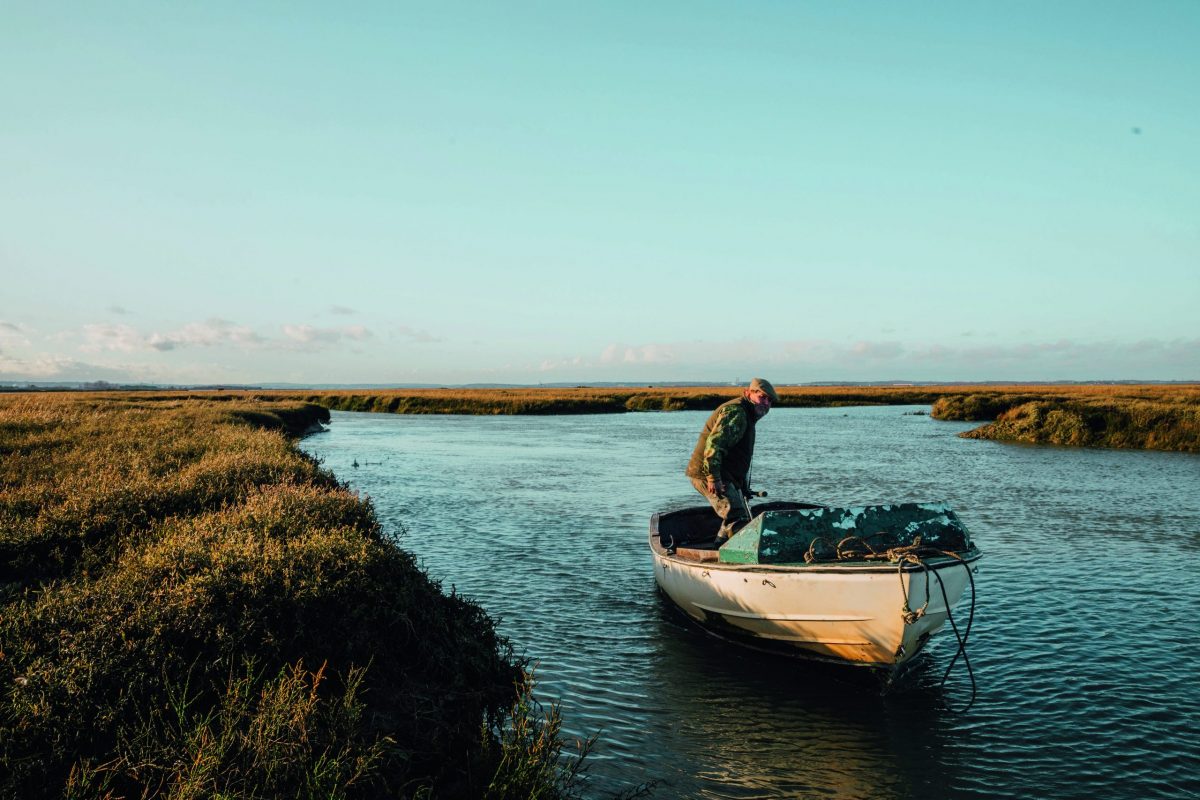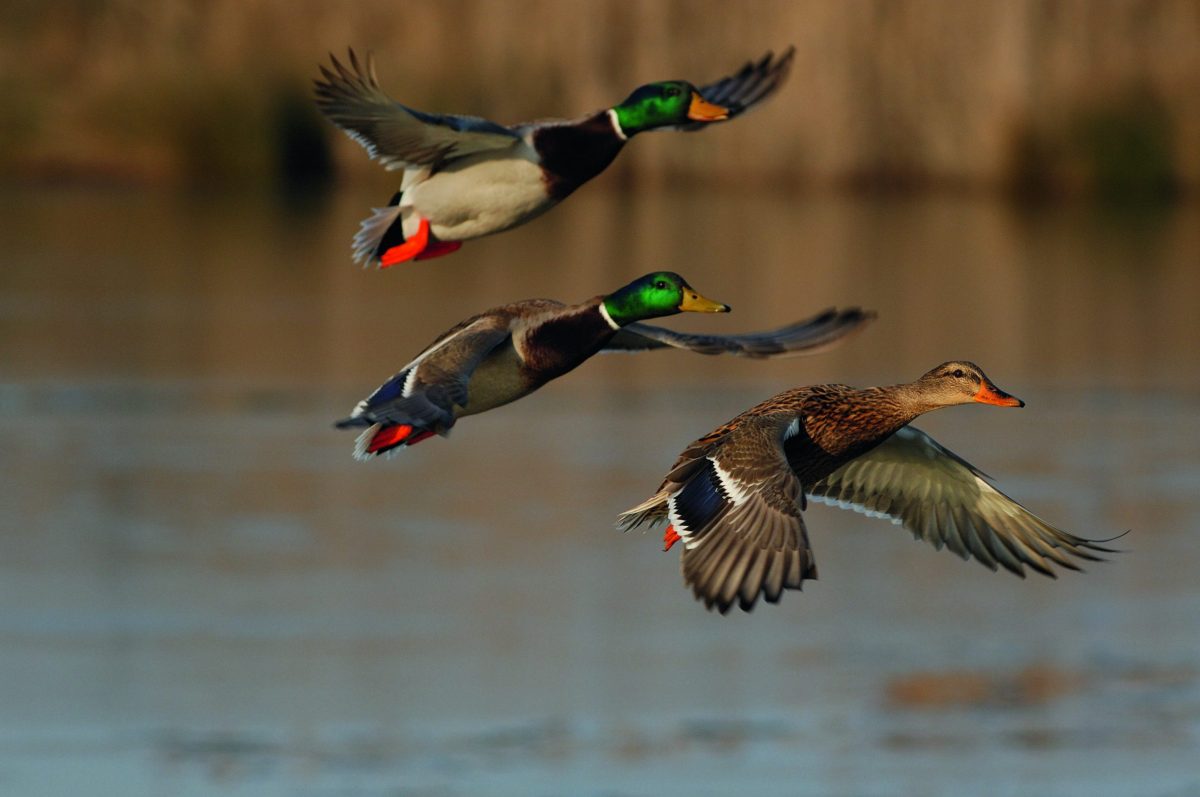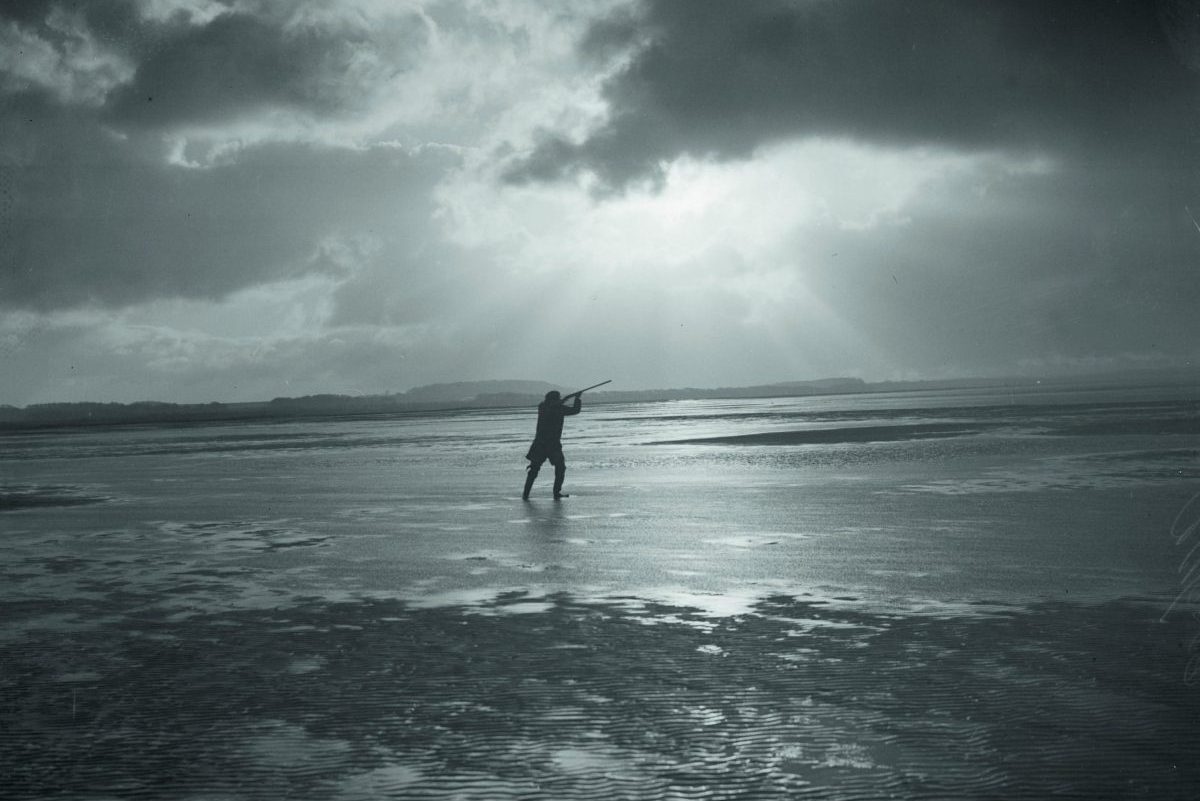Early season wildfowling
As a new season begins, tradition and memories are ever present in the backwaters of the Essex marshes, where generations of local families have hunted for wildfowl

Yelping redshank rose at intervals from creeks and gutters as I slid my way across the saltings. The ‘kour-lee’ of a solitary curlew and the skittering flute of a whimbrel whispered through the darkness.
A pallid quarter-moon had long ago finished its nightshift and the quicksilver tides crept inexorably into the estuary. Only the ancient walls of a church tower were illuminated, casting long shadows across the marsh. They seemed to support the view of Noel M Sedgwick (Tower-Bird), a former editor of this magazine, who wrote of wildfowling that “beauty is strangely found where only desolation seems to dwell”. Beauty and desolation were evident to me in the jutting chestnut posts of abandoned oyster beds, the faintest blush in the eastern sky and tiny white-crested wavelets on the water.
A new season was beginning and I was alone with the dog ahead of meteorological autumn’s first dawn. Like wildfowlers across the country, Scout and I breathed in the tang of the sea air and relaxed into the embrace of samphire, sea purslane, marram grass and sea lavender. The faintest
of mists hung damply.

As dawn breaks, Simon Garnham and his dog Scout keep a watchful eye on the foreshore
Memories of previous September firsts mingled together: a spring of teal; a skein of Canadas; an inquisitive girlfriend, keen to discover the appeal of walking coastal paths at 4am; the night I slept out and woke at dawn, face swollen by mosquito bites but elated to be the first Gun on the saltings. The opening of the season is a reason for joy and optimism.
Those of us who took to the foreshore on the first of September probably did so as much for reasons of nostalgia and tradition, of principle and pride, as we did for the practical optimism of bringing home our supper. In years gone by, this was a time for livings to be made and for families to be fed.
Where I am fortunate enough to crawl the creeks, on the Walton Backwaters at Hamford Water, fishing and fowling have been essential for local families for generations. My own clan have been mainly farmers but they would have known the Hammonds, the Blooms, the Oxleys and at least 12 other families who relied on their punts at the turn of the 19th century, up and down the backwaters. For most of these, a gun of 1¼in bore loaded with between 10oz and 16oz of shot would have been the working tool.

The Canada geese depart at the end of the flight as Simon tries his luck
Opportunists
As Julian Novorol, a great contemporary local fowler, records in his 2018 book Saltwater, Webbed Feet and Blackpowder, these men were opportunists who “shot at small groups of fowl, usually feeding at high water amongst the flooded saltings. Large shots were rare. Ted Oxley and Sid Canham, on one occasion, set to a great gathering of brent geese. It was after sunset as the two punts approached the geese and there was a strong easterly wind blowing. The geese were intent on sheltering for the night in Cormorant Creek. The first shot was fired at the sitting and the second as they rose. The result was 94 geese picked by the fowlers.”
A total haul of this quantity might amount to the equivalent of three months’ wages. But bags of this size were the exception, not the rule.

Simon hunkers down in the dew-laden marsh grass from where he can concentrate on his quarry
The Porters, the Lucases and the Quantrills, all local names, plied their trade too. One night Alfred Porter fell asleep in his punt in Holbrook Bay; “it was bitterly cold and when at last he woke it was to find another punter shaking him vigorously”. Without this awakening, he reckoned himself likely never to have woken again. The Quantrills, one of whom I still work with, remember one of their forebears being shot in his own punt by an amateur. Fortunately, their ancestor survived to tell the tale.
Decoy ponds could be more profitable and were less dangerous. At the head of Oakley Creek, a pond with six pipes, 100 yards across, harvested 12,000 birds in a single season. Further north, in 1917, on the Orwell, just under 4,000 duck, mostly mallard, teal and wigeon, were taken from a pond covering two acres with four pipes, sited deep in woodland.
In the winter of 1928-29, the Eagle brothers of Walton Hall, relations of my grandmother, killed over 600 head of duck through punting and shoulder gunning. Small wonder that gunners swarmed to the east coast and, like me, are still drawn to the marshes at dawn and dusk.
Alert
Now a dew sufficed itself and strands of sunlight billowed in the east. Grey partridges called one to the other with grating clicks. Soft pinions whistled overhead and wild duck wings itched at the dawn. Scout was alert to their whispers and turned her face into the lightening sky. They carved through the darkness, their powerful bodies silhouetted on boomerang wings. But I judged them to be out of range and crouched lower into the gutter, hoping for more or for their return.
A cockerel crowed, a muntjac barked and a light was extinguished on the far bank. The channel was flooding now and another pack of mallard curled up river. This time they were closer, black against the flush of sunrise. The nearest of the six didn’t deviate — early season naivety, perhaps — as I stretched back and twisted from a kneeling position. Nor did five of the six change course as a single shot tore from the bottom barrel of my Miroku.
A drake, heavy with corn, spun through the sky, cartwheeling with a thud into the tangle of sea grasses to my right. And now Scout was away, returning moments later with the duck cradled in her jaws, the head lolling, a wing protruding awkwardly from her mouth. For a moment, she considered taking the bird off to nuzzle it but thought better of this and deigned to return it to hand. The first duck of the season was in the bag.
I took time to admire the late moult plumage of the bird. But there wasn’t time for great revery. Other birds were on the move. From miles off, two pops were followed by two more. Fowlers elsewhere were under flighting duck. Then came three booms, closer and deeper. Might geese be on the move? I hunkered down and called Scout back in below the line of the creek.

Scout brings in the first duck of the season
The light was painting colours into the landscape. On the far shore, a rain gun pumped smokey water on to potatoes. A bus trundled up towards the church. Would geese or more duck present the chance of a second bird from my hidden gutter? Scout panted, her tail whipping across the crab holes and churning mud. The ooze gulped and gurgled as the tide turned and began to ebb.
A single duck powered up river and a pair of tufted duck, which I let pass. Three teal swung into shallows on the far bank, just out of reach. Another pair of wild mallard crossed from left to right and the closer of the two flinched visibly as I squeezed the trigger, swinging hard through from tail to head. A second barrel made sure and the bird, another drake, fell in much the same place as the first.
A skein of Canadas had me fumbling with the heavy load and a speculative top barrel was all I was able to manage at the departing honkers. The flight was coming to an end and I was joined by my gamekeeper pal Liam Fearis, who told me of the ducks’ movements: “I was watching the flightpond last night and some stubbles next to it. I couldn’t believe that 30 came in, then another 30, then at least 40 in smaller packs. I came back with the thermal and there were well over 120 duck all grazing on that wheat stubble.”
The season has begun, with its traditions and memories. The ducks? Beautiful: plump and muscular, two more to add to the hundreds of thousands harvested from this patch of Essex by our fowling predecessors.








